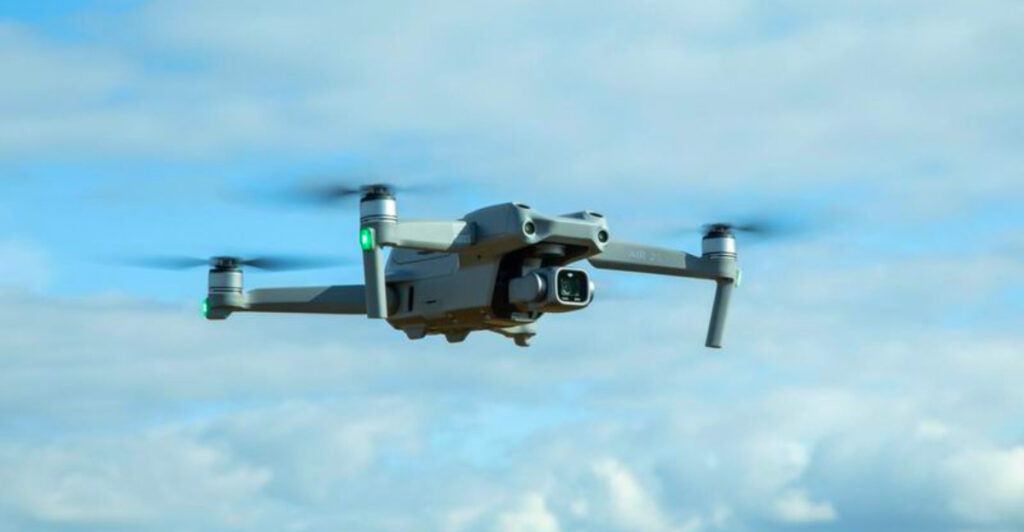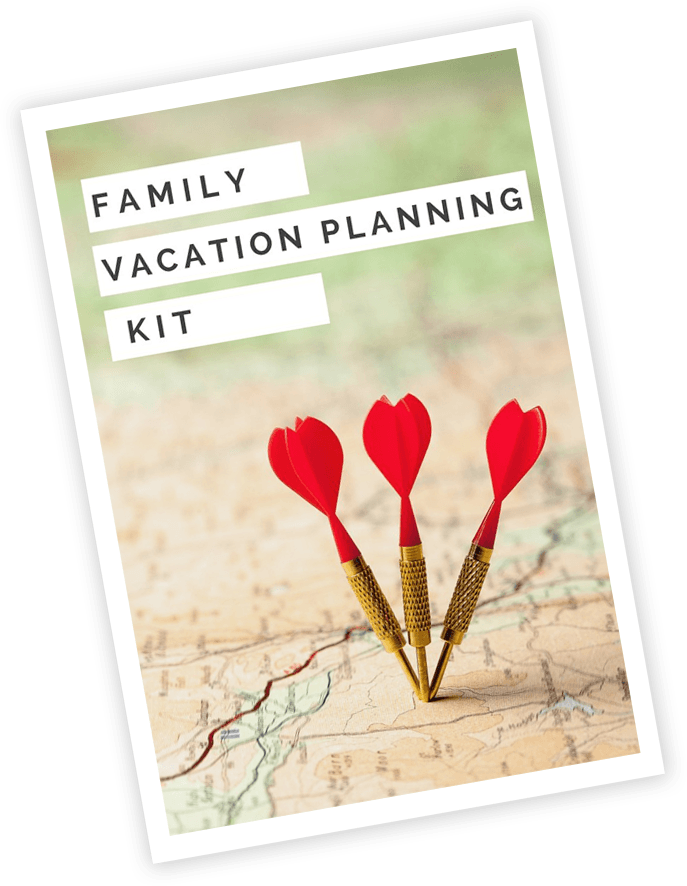Flying a drone in the mountains opens up a world of stunning aerial shots, from jagged ridgelines to alpine lakes tucked into valleys. But thin air, unpredictable wind, and long hikes mean you need gear that’s both rugged and light. Compact drones have come a long way, packing serious cameras and smart features into backpack-friendly packages that won’t weigh you down on the trail.
1. DJI Mini 5 Pro (best ultra-light overall)
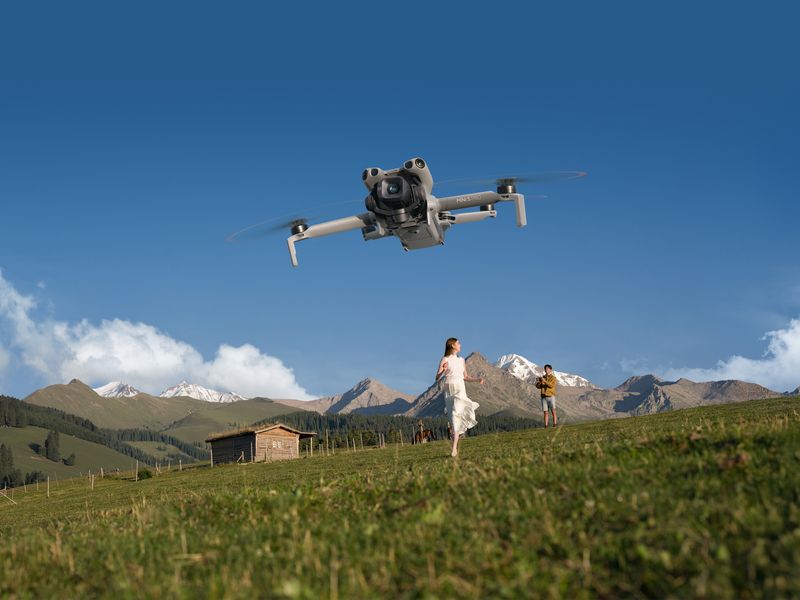
Weighing under 250 grams means you skip registration hassles in many countries, yet this tiny flyer punches way above its weight class. A full one-inch sensor captures gorgeous detail even when dawn light is faint or dusk shadows creep across peaks. Its tracking algorithms have been sharpened to handle rocky, irregular terrain, and obstacle sensors now cover more angles so you can thread between boulders with confidence.
The standout feature for altitude junkies is the 6000-meter max takeoff ceiling with the standard battery—higher than most compact rivals. Creators chasing vertical video for social platforms will love the 225-degree gimbal, which delivers true portrait framing without cropping. One catch: U.S. availability remains limited for now, though European buyers can snag one easily.
2. DJI Air 3 (best for wind + endurance in a compact body)
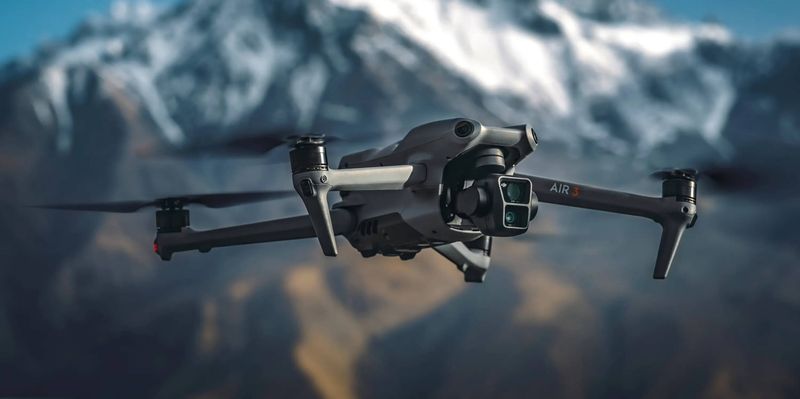
Dual cameras—a 24-millimeter wide and a 70-millimeter three-times telephoto—let you capture sweeping valleys and zoom in on distant wildlife without landing to swap gear. That versatility is a game-changer when every minute of battery counts at high elevation. Speaking of endurance, a 46-minute max flight time gives you breathing room to scout multiple compositions or wait for the perfect light.
Wind is the mountain pilot’s nemesis, but Air 3 laughs at gusts up to 12 meters per second, keeping footage smooth when ridge thermals kick up. It also boasts a 6000-meter max takeoff altitude, so you can launch from base camps already sitting at serious elevation. For backpackers who want one drone that does it all, this hits the sweet spot of portability and performance.
3. DJI Avata 2 (best for fast, close-proximity ridge runs)
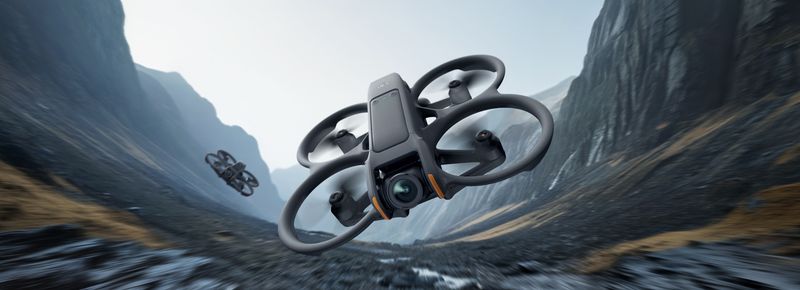
Strap on the goggles, grab the motion controller, and suddenly you’re carving through mountain air like a hawk. This cinewhoop-style FPV machine is lighter than most racing quads but built tough, with propeller guards that bounce off tree branches and rock faces without sending you into a crash spiral. It’s engineered for dynamic, immersive footage—think swooping through narrow couloirs or skimming ridgelines at speed.
Rated for a 5000-meter max takeoff altitude, Avata 2 handles thin air better than many FPV rigs. The first-person view adds an adrenaline rush no traditional drone can match, making your audience feel every twist and dive. Just remember to check local rules; some areas require a visual observer or restrict FPV flight altogether.
4. DJI Mini 4 Pro (tiny, proven, and widely available)
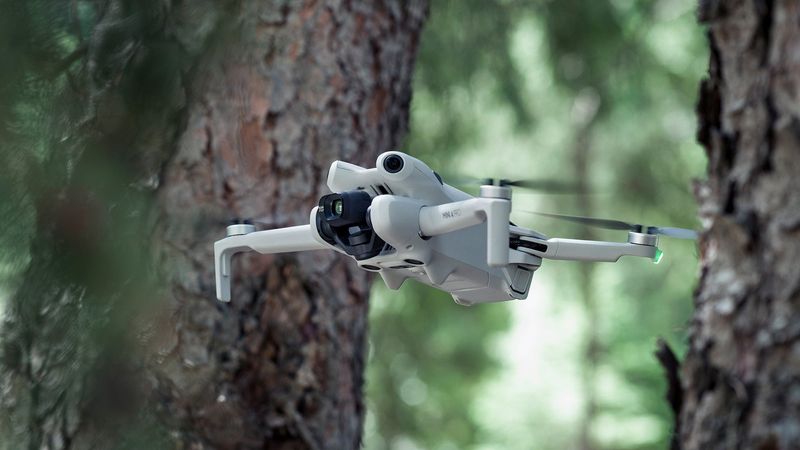
Sometimes the best tool is the one you know inside and out, and Mini 4 Pro has earned its reputation as a reliable workhorse. Staying under 249 grams keeps paperwork simple, while omni-directional obstacle sensing means you can fly backward or sideways through tricky alpine terrain without white-knuckling the sticks. It’s a confidence booster when you’re navigating talus fields or threading between pines.
Spec-wise, the 4000-meter max takeoff altitude with the standard battery covers most accessible peaks and passes. Image quality is solid for a sub-250-gram drone, and the control range is generous enough for wide valley shots. If you want a well-tested platform with a huge online community and tons of tutorials, this is your go-to mountain companion.
5. DJI Air 2S (budget friendly 1-inch sensor)
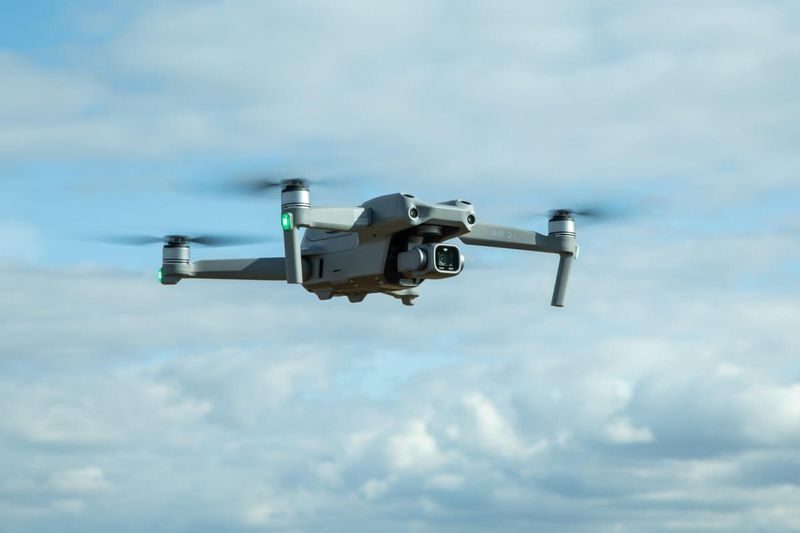
Don’t let its age fool you—Air 2S still delivers pro-level image quality thanks to that one-inch sensor, which gathers more light than smaller chips and produces richer colors and finer detail. Many photographers pack it as a backup or lend it to a buddy, knowing it can handle everything from sunrise timelapses to midday panoramas. Wind performance is robust, so breezy ridgelines won’t ruin your shoot.
With a 5000-meter service ceiling, you’ve got headroom for most alpine adventures, and the backpack-friendly size means it won’t crowd out your extra layers or snacks. Prices have dropped since newer models arrived, making this an excellent entry point if you want serious imaging power without the latest bells and whistles. It’s the reliable friend who always shows up ready to work.
6. DJI Mini 4K (entry-level, trail-friendly price)
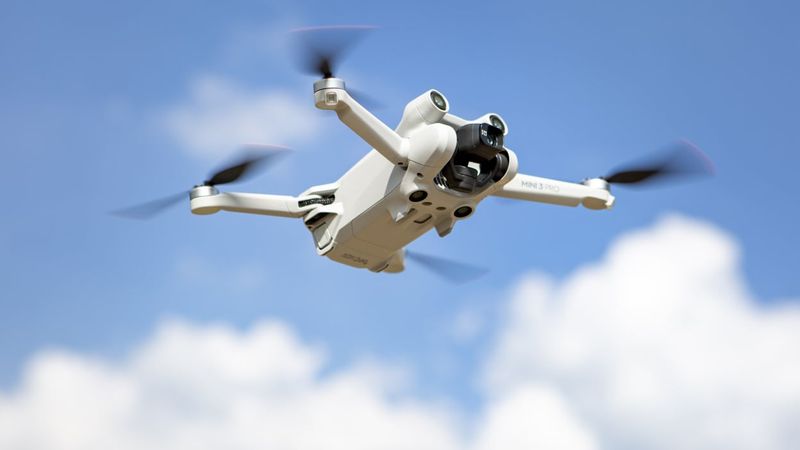
Hikers on a budget will appreciate Mini 4K’s no-frills approach: you get clean 4K video, sub-249-gram portability, and a price tag that won’t make you wince if you’re still learning to fly. It lacks the fancy omni-directional avoidance of pricier siblings, so you’ll need to keep your eyes sharp and fly with care around obstacles. But for open ridges and straightforward valley shots, simplicity is often enough.
Level 5 wind resistance (around 10.7 meters per second) and a 4000-meter max takeoff altitude mean it punches above its entry-level status when conditions get real. Toss it in your daypack without a second thought, snap some summit selfies, and head home with memories that look way better than phone footage. It’s mountain cinematography made accessible.
7. Potensic ATOM SE (value pick under 250 g)
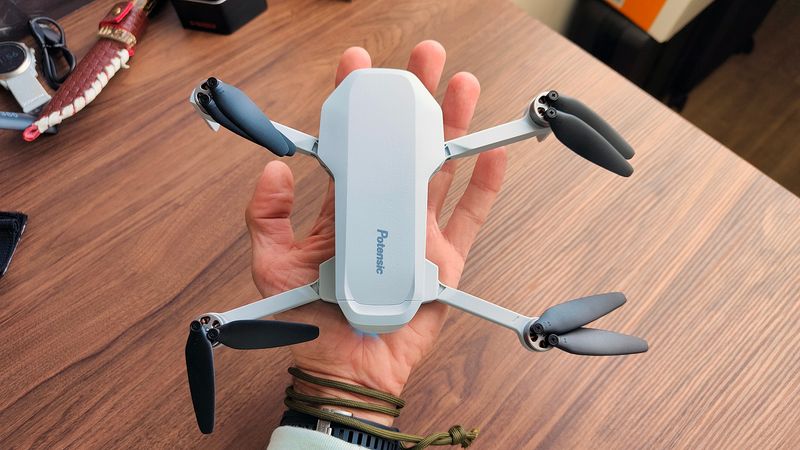
Breaking free from the DJI ecosystem, Potensic ATOM SE offers a refreshing alternative for pilots who want to save cash or try a different brand. It stays under 250 grams, handles Level 5 winds without drama, and lists a 4000-meter max takeoff altitude—all the essentials for high-country flying. Image quality and video transmission won’t blow away flagship models, but casual users chasing Instagram panoramas or family vacation clips will find it more than adequate.
Think of it as your understudy: reliable enough to capture that golden-hour alpenglow, affordable enough that you won’t lose sleep if it takes a tumble. For weekend warriors testing the drone waters or seasoned pilots wanting a lightweight spare, ATOM SE delivers solid value without the premium price tag.

